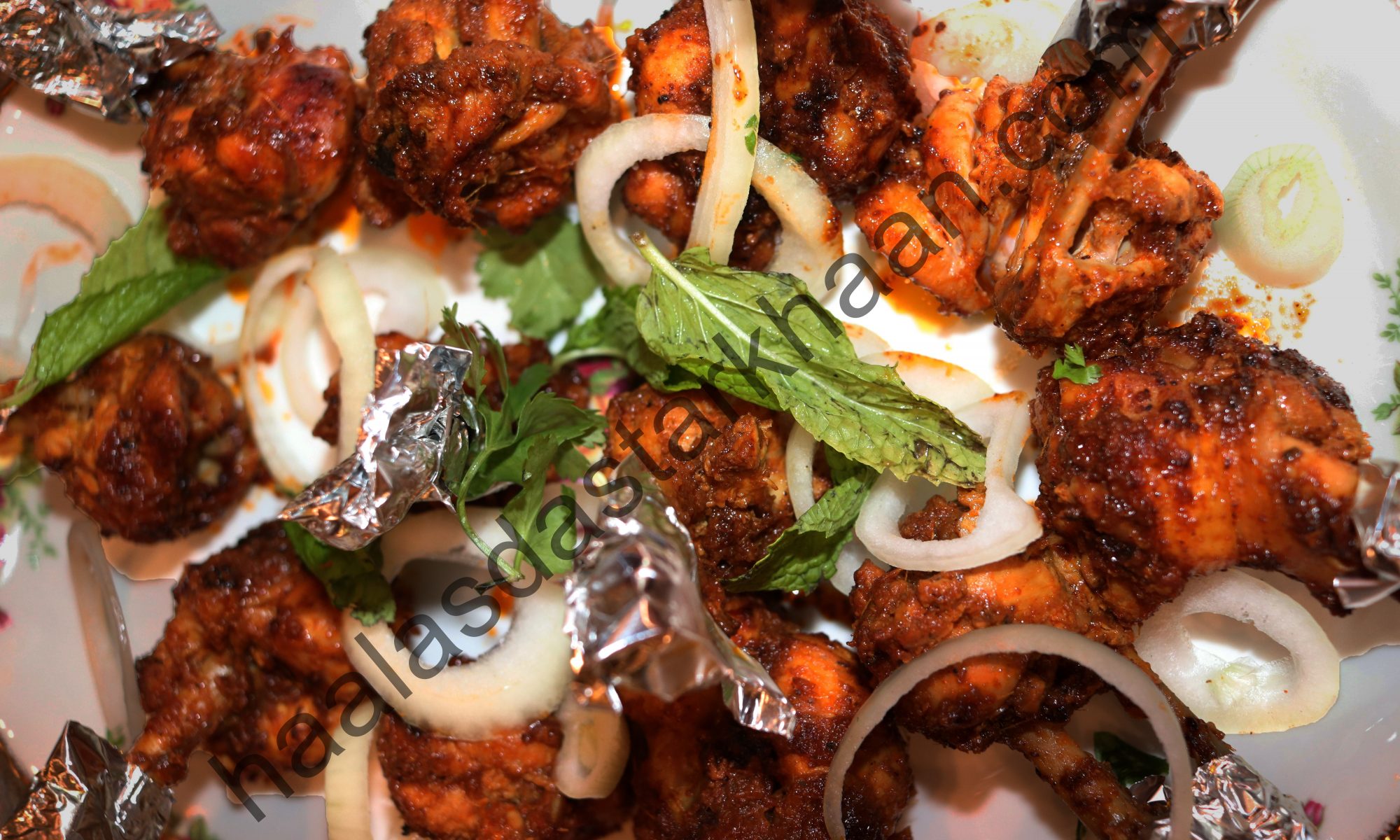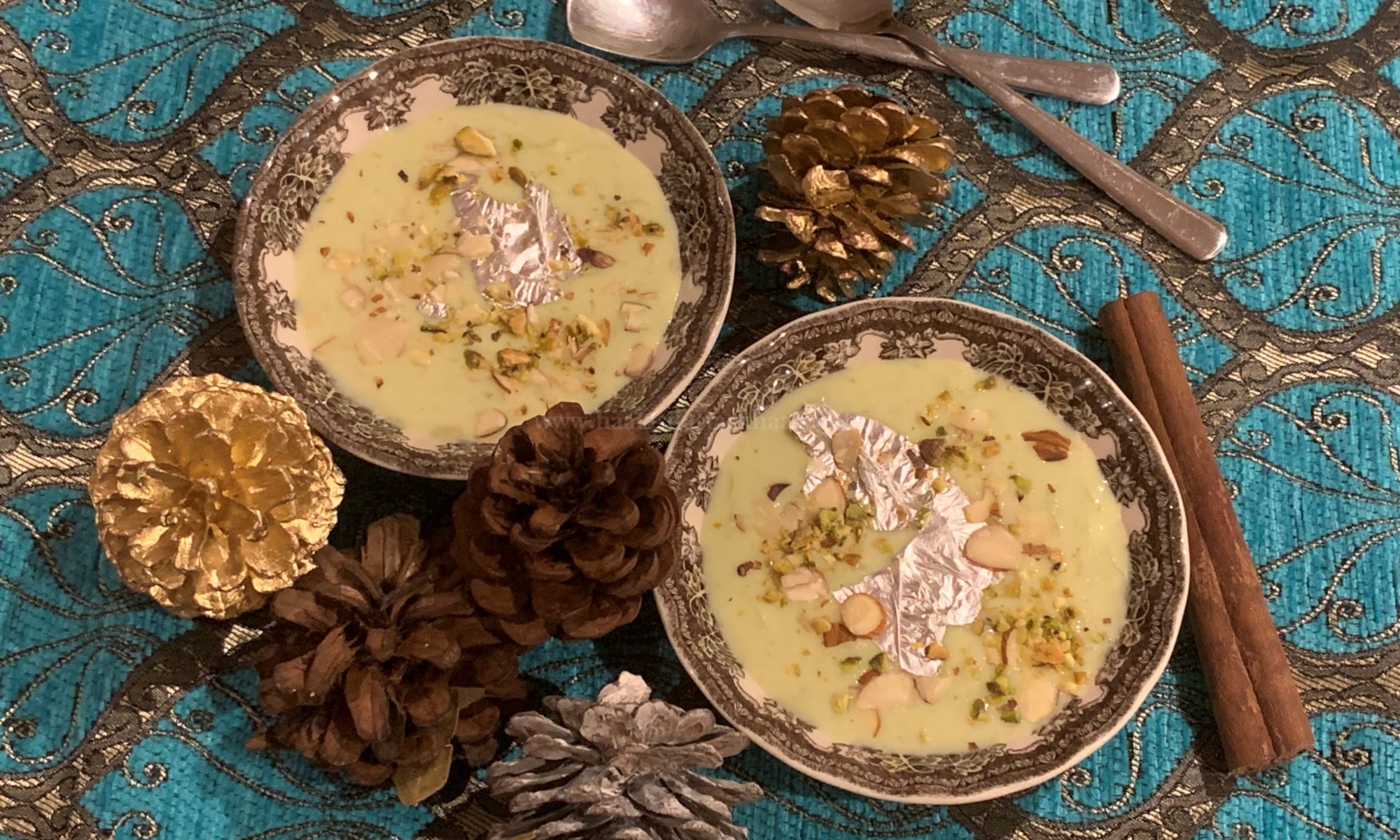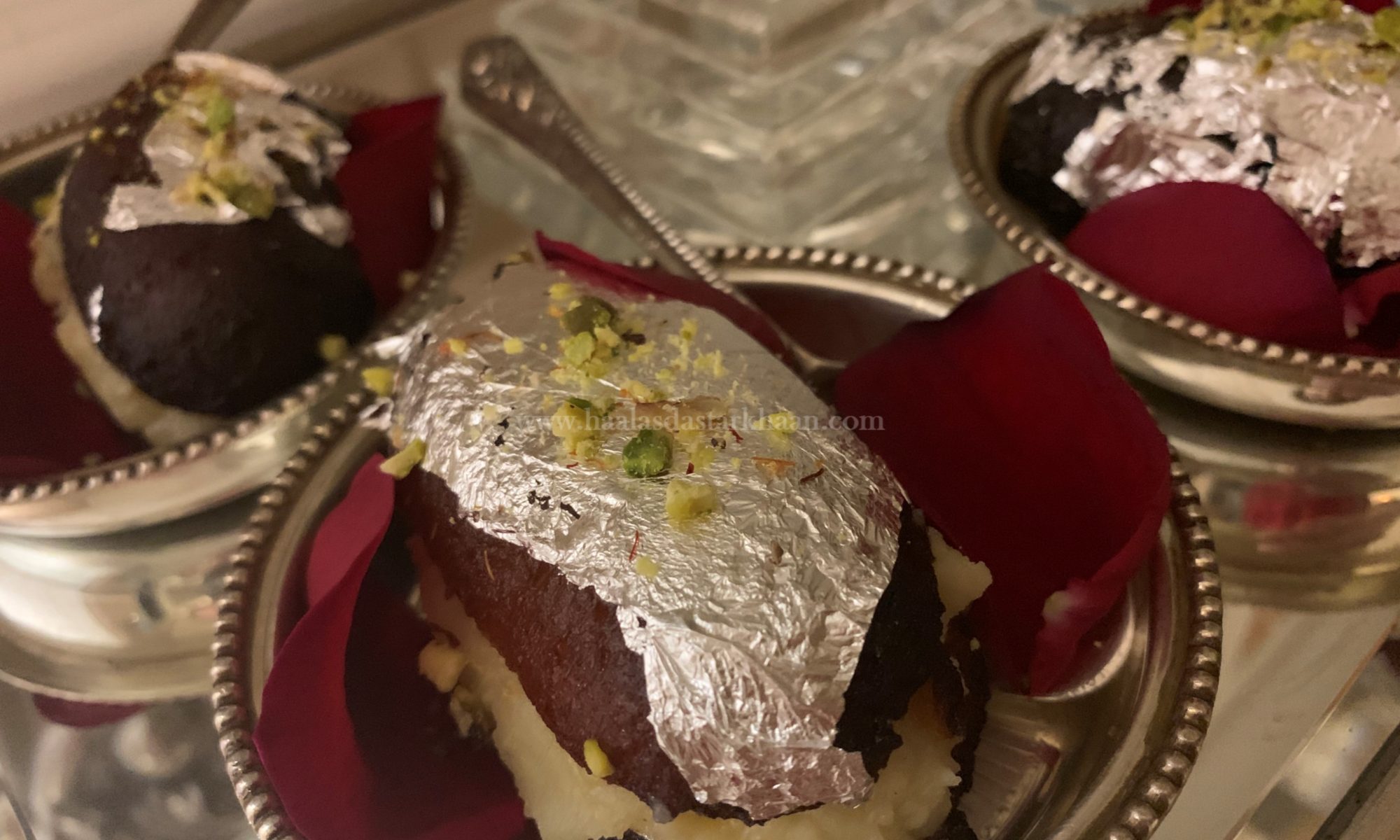Kheer originated from Mughlai kitchens of India and is an important sweet delicacy for Muslims of India, Pakistan and Bangladesh especially during Eid or any other special celebrations. Other similar dishes like Payasam or Kheer originated in the kitchens of imperial Muslim rulers of India and is an important sweet delicacy for Muslims of India, especially during Eid or any other celebrations. … Other terms like Payasam or Payesh ( are inspired from Kheer and the names have been derived from the Sanskrit word Payasa or Payasam, which also means “milk”.
Kheer has been one of my most favorite desserts ever. Every Eid my Mom would make Rice Kheer which I always believed was the best Kheer I have ever had. Muslims know that its a real chaos when you find out around 11 PM that its Eid the next and women in the family have to start preparing. Almost the whole night passes in prepping for the next day and out of all the work, preparing Kheer has always been the most tedious and tiring of all. Probably making a small batch wouldn’t have been painful, but when you have a small close family of close relatives that reaches 100+ plus add up all distant relatives and friends who come over to meet and greet. So, Kheer is something that’s not just popular but also served to everyone, vegetarians and non vegetarians on Eid, so you can’t really afford to run short.
So, learning how to make my basic Kheer came from my mom. Cooking the milk on low to medium heat, stirring it constantly for almost 3 hours, reducing it to half the original quantity is always the basic to any delicious Kheer. But to my despair, Mr. Parveez doesn’t like Rice Kheer much. In fact, he never liked any Kheer when we got together, but with time I got him into loving Sheer Khurma/seviyaan Kheer, but not the rice one.
Anyways, I always hear people talking about Apple Kheer or Potato Kheer but I couldn’t ever get down to trying. Carrot Kheer or Gajrela was my mom’s go to dishes during Ramadan. I never tried finding out the reason why but may be she fely that this was the easiest way to incorporate some veggie and milk into her kids system while we fasted, I guess. So, after me successfully making Lauki ka Halwa, I wanted to try making the Kheer. It came out fabulous and I think for everyone who even doesn’t like Lauki would love it.


